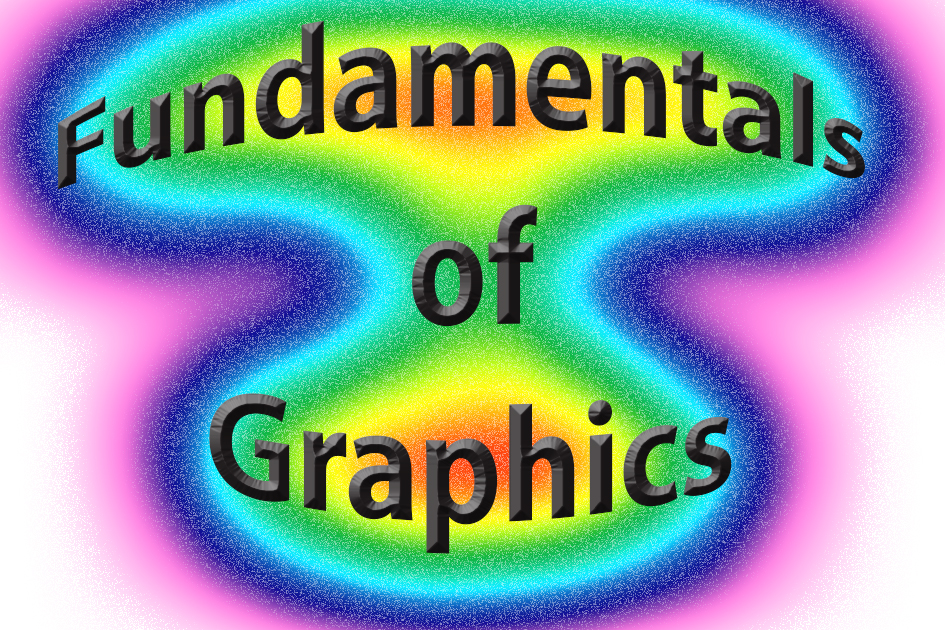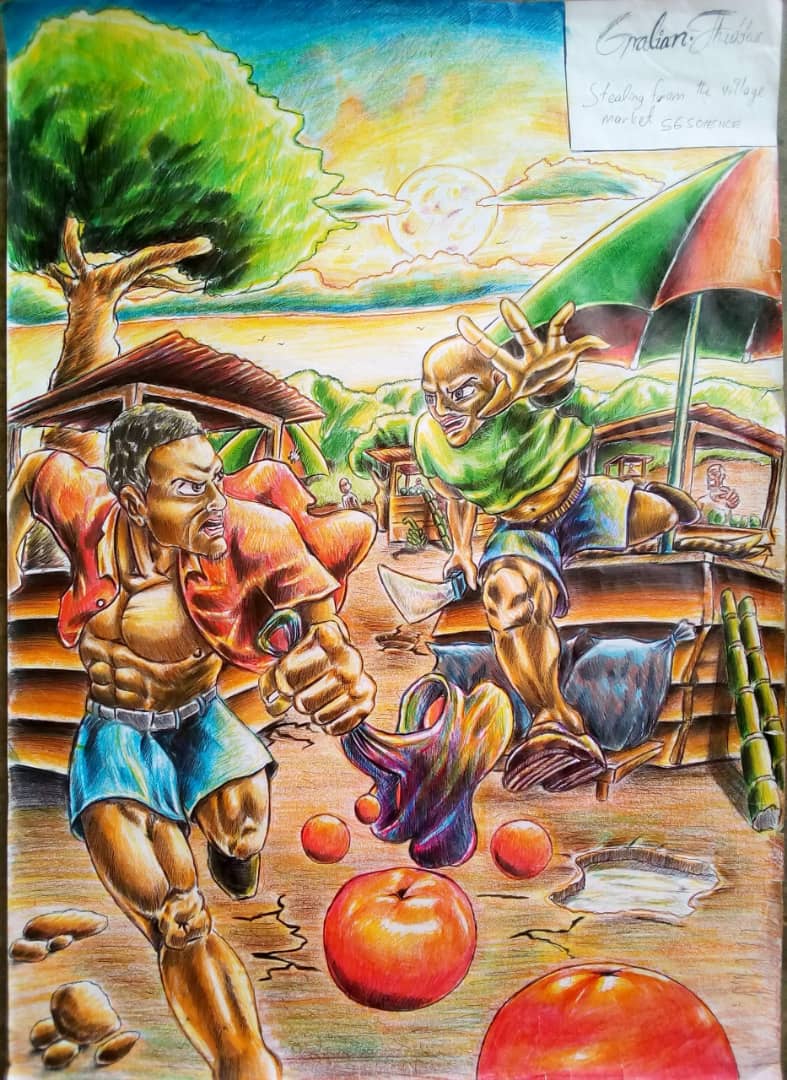UCU eLearning Platform
Search results: 596
This course equips students with advanced skills for the exposition and proclamation of the Gospel. It aims to make students better expositors of the scripture and cultivate a critical discipline of preaching as a call.
- Lecturer: Joel Obetia
- Teacher: R mubiru
- Lecturer: Doreen KUKUGIZA BUSINGE
Mr. Arumadri Godwil
Fluid mechanics introduces students to the general fluid flow principles. Here, you will get a demonstration of principles of hydropower development, water supply, drainage and flood defenses which require knowledge of fluid mechanics
This course covers areas of dentistry concerned with ethics and legal aspects of
dental practice, forensics and practice management. The scope of this course covers
the legal aspects of general dental practice, outline of forensic dentistry and the
principles of management in relation to dental Practice.

In fundamentals of Graphic learners will
experience the design process idea development, through sketching artwork and
preparation for final art work and production processes. In this course
learners will analyse and discuss aspects of graphic design, discovering best
practice in the field and exploring the processes involved in concept
development for particular target audiences. This course will equip learners with
skills and knowledge in design principles, use of colour, text, images and Application
of typographic principles and the use of designed materials to achieve
communication goals.
Course Learning Objectives.
The objectives of the course unit include:
- To equip learners with skills of identifying and discuss design principles and apply them to visual communication.
- To train students’ how to create simple typographic designs and develop personalised fonts.
- To equip learners with skills of how to use simple graphic design tools and techniques such as typography, colour, composition and narrative.
- To teach learners the techniques of creating graphic design processes and concepts with professionals in the field.
Course Learning Outcomes.
Upon successful completion of this course the learner will be able:
- To design as they apply principles to visual communication.
- To create simple graphic design ready for production.
- To use and apply techniques such as typography, colour, composition and narrative.
- To make graphic design processes and concepts with professionals in the field.
|
Course overview |
COURSE CODE: MHN1102
COURSE LEVEL: Year 1, Semester 1
CREDIT UNITS: 5
Course Description
This course will include a thorough introduction to the basic concepts of nutrition and food. Fundamental facts about food nutrients will be discussed with regard to their requirements, functions, effects of deficiency and excess. The concept of Nutrition throughout the lifecycle will guide the flow of study in this module. Highlight will be given on pregnancy, infancy, childhood, adolescence and aging. The overall aim of the course is to give the learner the introduction and overview into the area of Nutrition as an integral component of health.
Course objectives
1. To discuss the key concepts of nutrients (Carbohydrates; Proteins; Fats; Vitamins; Micronutrients) and their role in achieving a status of health in individuals and communities feeding practices
2. To explore the nutrient requirements throughout the lifecycle (e.g., pregnant women, infants, children, adolescents, aging).
3. To discuss Malnutrition (Under-nutrition, Overweight, Obesity) and describe the causes of malnutrition (conceptual frameworks) and preventive strategies
4. To explore the food chain, food paths and Food production systems
Outline
|
No. |
Topics |
|
1 |
Introduction to Nutrition concepts |
|
2 |
Macro and micro nutrients: Classification, sources, functions, deficiencies |
|
3 |
Food choice, fads and food culture |
|
4 |
Nutrition throughout the lifecycle |
|
5 |
Malnutrition: classification, causes, identification and prevention |
|
6 |
Food chain, food paths and Food production systems |
|
7 |
Food composition tables , Food balance sheets and Food-based dietary guidelines |
|
8 |
Trends in global and national food production |
|
|
Total |
Mode of Instruction: Lectures, practical work, group discussions and case studies
Mode of Assessment
|
No |
Mode of Assessment |
Mark (%) |
Posting date |
Due date |
|
1 |
Assignment 1 |
20 |
24th September 2018 |
10th October 2018 |
|
2 |
Project work |
30 |
22nd October 2018 |
22ndt November 2018 |
|
3 |
Final Examinations |
50 |
6th – 12th December 2018 |
|
|
|
TOTAL |
100 |
|
|
Reading List
1. Stewart A. Truswell. (2003). ABC of Nutrition. 4th edition
2. Michael J Gibney, Suzan A Lanham-New and Aedin Cassidy and Hester H Vorster. (2009). Introduction to Human Nutrition. Second edition. The Nutrition Society
3. Maurice E. Shils, James A. Olson, Moshe Shike and A. Catherine Ross. (1999). Modern Nutrition in Health and Disease. 9th edition, By Lippincott, Williams & Wilkins

This course equips learners’ with advanced typography, illustrating designing and photo editing techniques. Learners will also explore all the techniques of text layout, photo editing and formatting both by hand and use of computer aided software (Photoshop). This course will also equip students with skill of design processing, idea development of different illustrations both by hand and also by computers. Learners will also be equipped with skills and knowledge in design principles, use of colour, application of typographic & photo editing principles and the use of designed materials to achieve communication goals.

The field of painting requires an artist to first understand and master the color wheel and how to develop a color scheme. Painting may necessitate an artist to come up with an individual style based on the theme assigned to them i.e The changing situation in Uganda. Considering the above topic, you'll be required to develop a variety of sketches each focusing on drama, exaggeration, perspective among others
